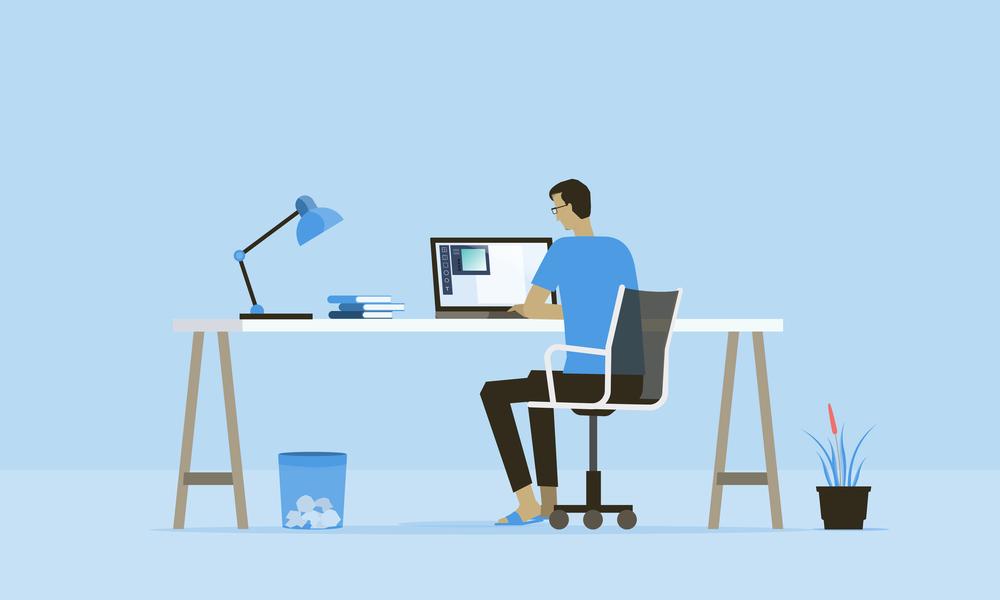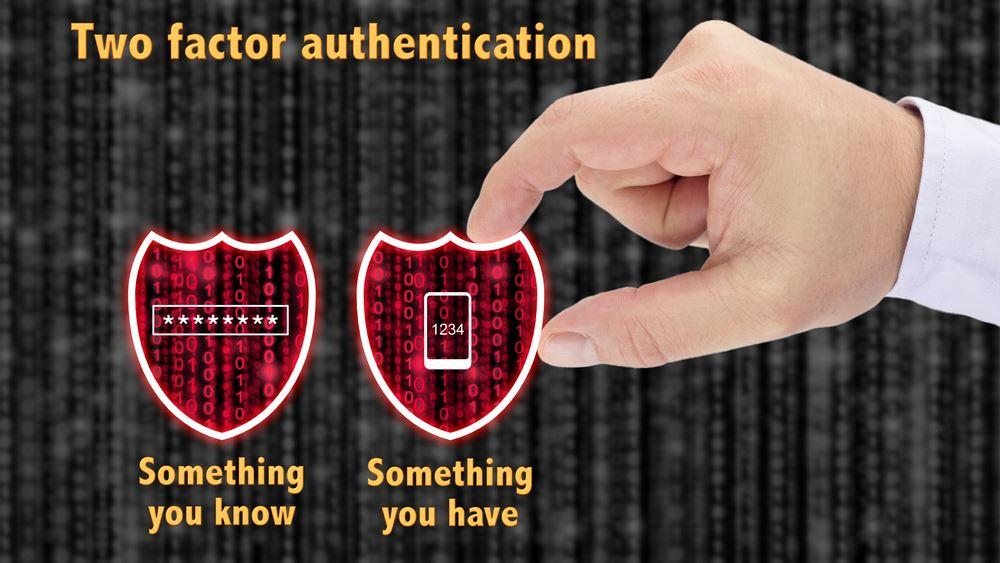When assessing your IT support, one of the most important aspects to look at is whether it’s proactive or reactive. Reactive IT support is initiated when problems occur and proactive IT support prevents them from happening. We’ll be discussing how to determine whether your IT support is proactive or reactive.
Signs Of Reactive IT Support
These are the signs that your IT support has gone reactive and not proactive.
Reactive IT support is only for problems that have already occurred. This can mean that your business may need to wait for a problem before it is fixed.
IT support is your best option for routine maintenance. With proactive IT support, routine maintenance tasks like software updates and backups can be handled automatically without you having to ask. It could be an indication that your IT support is not proactive if you find yourself constantly asking for these tasks.
It is common to experience downtime. This could be an indication that your IT support has not been proactive in monitoring and maintaining your systems. It is possible to identify potential problems before they become serious and help reduce downtime. Seeking help from a trusted provider of managed IT services can go a long way in helping you to streamline your business model and reduce downtime.
Related: Learn about our Managed IT services and Support in Red Deer
Signs Of Proactive IT Support
There are many indicators that your IT support has a proactive attitude.
Problems can be prevented by proactive IT support. They are detected and dealt with before they become a problem. This makes it less likely that you will experience downtime and other disruptions.
An IT support team that is proactive will have a plan for maintaining and updating your systems regularly, instead of waiting for problems to arise. This will ensure your systems run smoothly and efficiently.
Your IT support team will check in regularly with you to assess the status of your system and find any possible issues. This will help ensure proactive IT support in resolving problems and maintaining your systems.
Related: Managed IT Support Services Guide
The Benefits of Proactive IT support
Proactive IT support has many benefits, including:
- You can increase system uptime by proactively fixing issues. This will reduce downtime and make sure that your systems run smoothly.
- Your employees will work more efficiently and effectively if your systems are in good working order. This can result in increased productivity and a better work experience.
- Proactive IT Support can identify and solve problems before they become major problems. This can help you save time and money (learn more about how small businesses can budget for IT) over the long term.
Final Words
It is important to decide whether your IT support will be proactive or reactive. Reactive IT support is reactive and only deals with problems when they arise, while proactive IT support prevents problems from ever happening. It can help increase system uptime, improve productivity, and save money, so it is worth considering when you evaluate your IT support.





